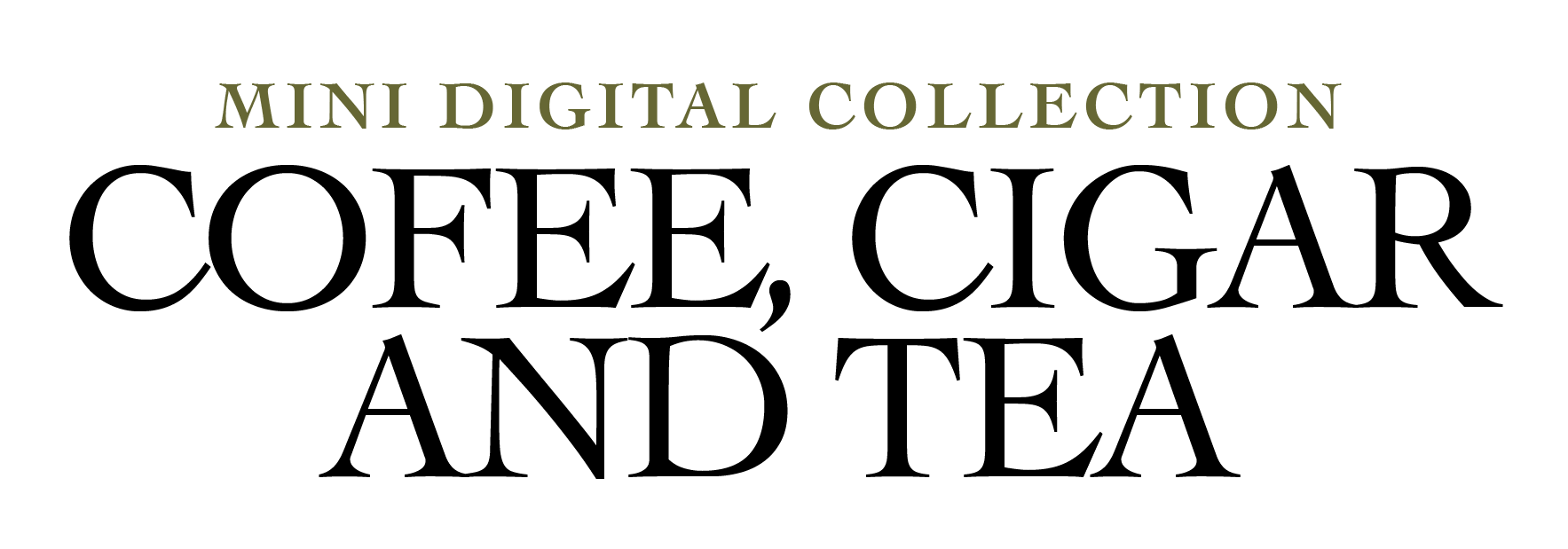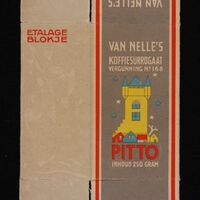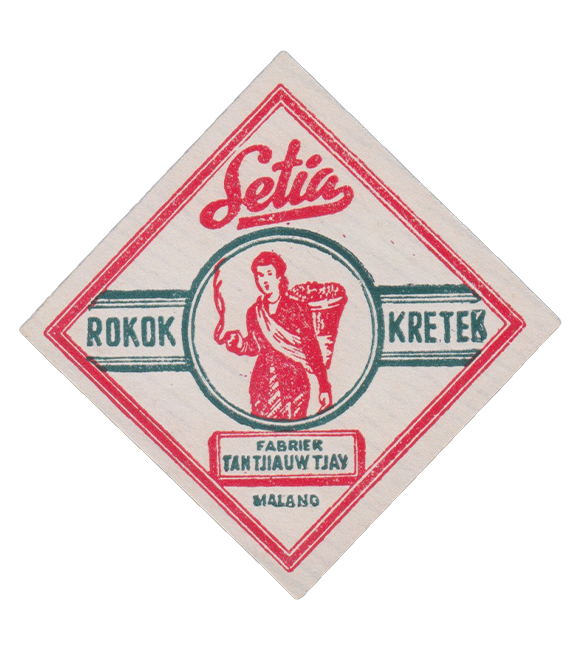Tools used: Postman (API Development) & Europeana API (API Source)
Review items in Europeana
I chose Europeana as my primary data source due to its comprehensive European collections and robust metadata practices. This was particularly relevant for my Dutch-Indonesian colonial ephemera research. Two key factors influenced my API decision: content relevance to the geographical focus and the high quality of metadata available for my collection needs.
Develop API Keywords
My API preparation involved studying Boolean operators, wildcards, and query filters to craft better searches from the Europeana Search API documentation. I began with basic queries before refining them with specific parameters for medium (paper/papier), subject (verpakking/packaging), and company (Van Nelle). Through iterative testing, I troubleshooted encoding issues to develop effective search parameters.
Convert JSON > CSV
My final successful HTTP query used specific filters to target the desired items:
https://api.europeana.eu/record/v2/search.json?query=van+AND+nelle&wskey=******&qf=subject:verpakking+AND+pak*&rows=10&profile=rich
When troubleshooting technical issues with Europeana's faceting system, I temporarily switched to Rijksmuseum's better-documented metadata. This approach helped me overcome challenges with inconsistent item classification by using wildcards (pak*) creatively. The final output was a JSON file that I converted to CSV format for further processing.



